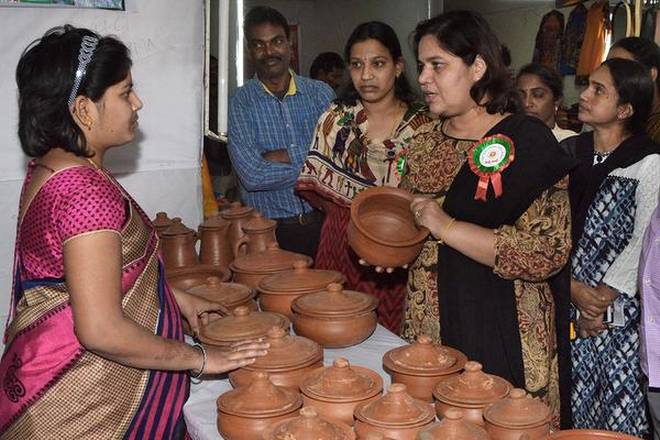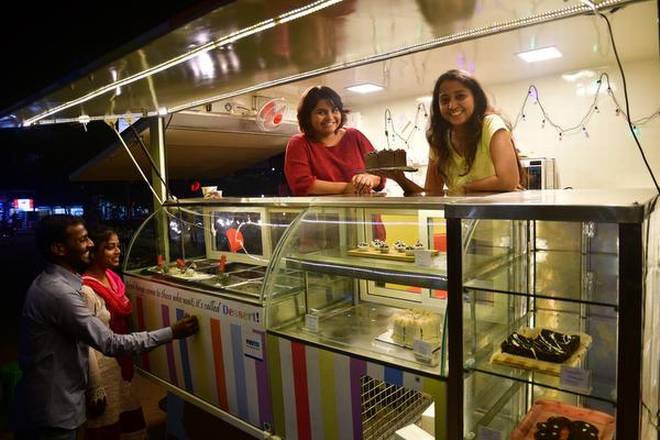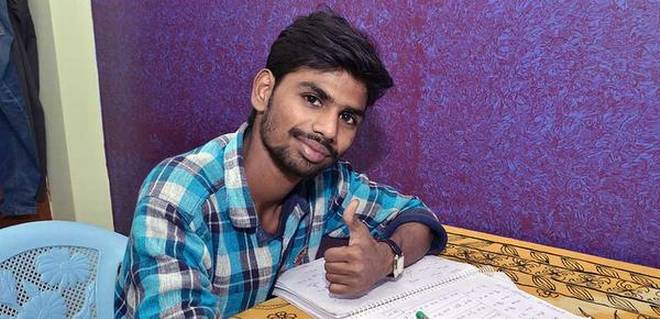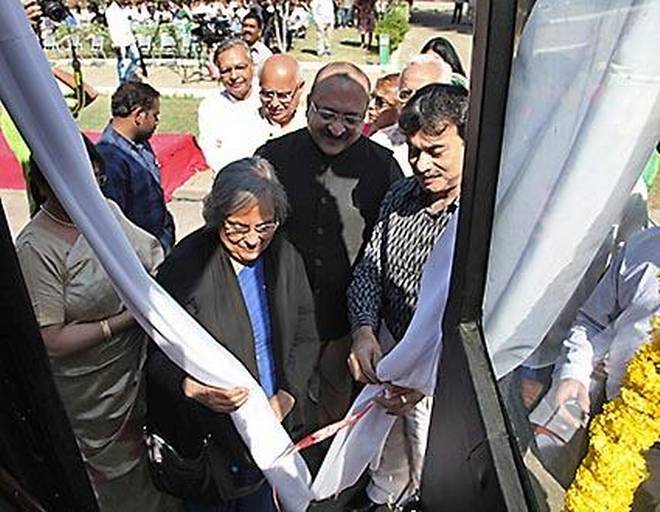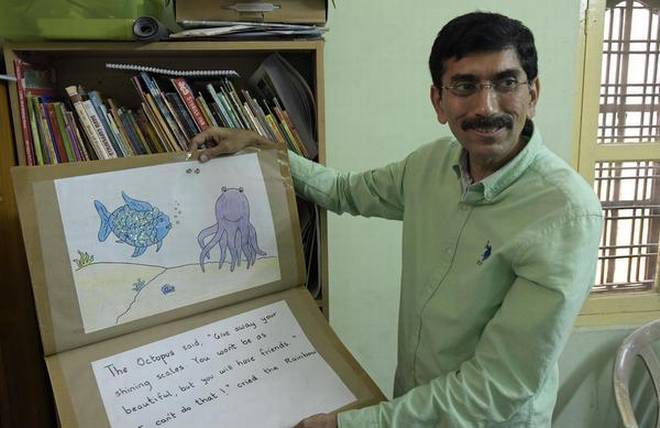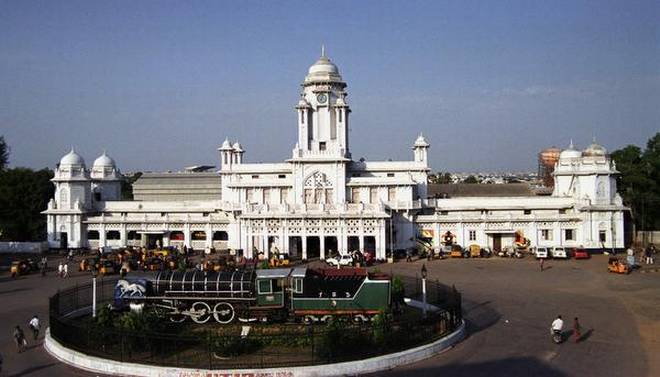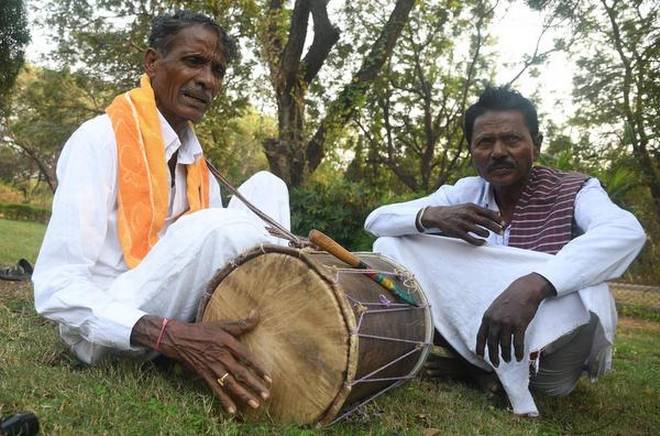
Ramachandraiah is probably the last such singer left in A.P. and Telangana
Sakine Ramachandraiah could easily have been awarded honorary doctorate by any university. An unlettered man from Koonavaram village of Manuguru mandal of Bhadradri Kothagudem district, Ramachandraiah has oral histories of the Koya tribe on the tip of his tongue.
One only has to mention the story to have it cascade effortlessly from his vocal chambers, in Telugu as well as Koya language.
Belonging to the ‘Doli’ sub-division of the Koya tribe, which has been traditionally ordained with the duty of reciting the tribe’s clan histories, Ramachandraiah is probably the last such singer left in the two states of Andhra Pradesh and Telangana.
“Some times, I cross the State border to perform in Chhattisgarh, where people want the songs in Koya language,” Ramachandraiah says.
He sings at marriages, at funerals, and he always sings at the biennial Medaram Jathara also known as the ‘Sammakka Saralamma Jathara’, which is touted as the world’s largest repeat congregation of tribal communities. The Medaram Jathara is to be held from January 31 to February 3 this year, at Eturunagaram of Jayashankar Bhupalpally district.
Gazette
The Doli community is described as ‘professional beggars’ among Koyas by the Godavari District Gazette of 1896. Though their duties are priest-like and along with ‘Oddis’— the superior priest class — they can be classified as the ‘literate’ in the tribe, their status is still considered ‘inferior’.
Doli men sing oral histories based on the ‘Padige’s or pictorial scrolls inherited by various communities over centuries.
“Earlier, Doli families used to live in a hamlet called ‘Soppala’.
Now, nobody lives there. Few are left who can recite oral histories as accurately as Ramachandraiah,” says Jayadhir Tirumala Rao, academic and researcher of tribal communities.
Prof. Tirumala Rao is spearheading a project to document the oral history of ‘Sammakka-Saralamma’ as told by Ramachandraiah, and he vouches that the story, if fleshed out from the myth it is enmeshed in, could substantially aid historical research.
“Sammakka-Saralamma story is about the war waged against the Kakatiya dynasty by tribal women who challenged king Prataparudra when he had levied tax on them for the tanks he had got constructed in their forests. The Koya tribe had then lived on hunting-gathering, and never cultivated any land.
So, the king sought to send outsiders into the forest for cultivation, which was the last straw on the camel’s back. This story comes out very clearly from the song recited by Ramachandraiah,” Prof. Tirumala Rao says.
Apart from ‘Sammakka-Saralamma’, the balladeer sings the stories of tribal warriors such as Gari Kamaraju, Pagididda Raju, Irama Raju, Gaadi Raju, Bapanamma, Musalamma, Nagulamma, Sadalamma and others. He also knows and recites the stories behind the endogamous tribal sub-divisions and their surnames. “Now, nobody wants to sing the stories. Even my own son refuses to follow the tradition,” Ramachandraiah laments.
source: http://www.thehindu.com / The Hindu / Home> News> States> Telangana / by Swathi Vadlamudi / January 10th, 2018
